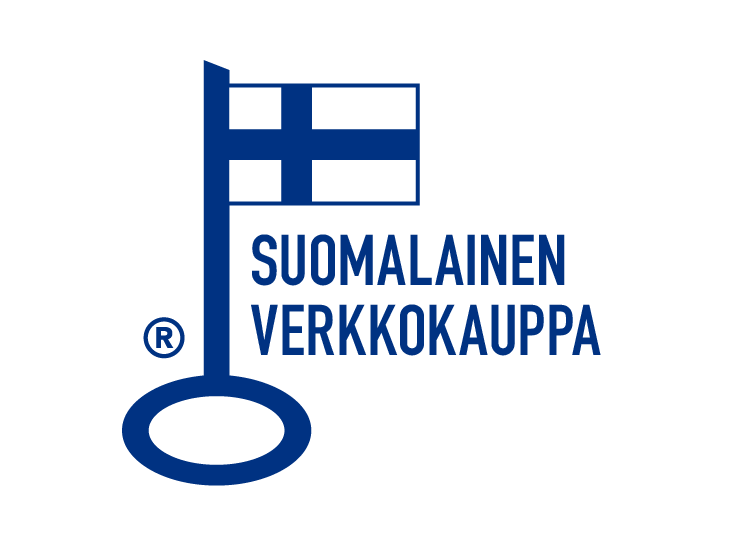How Finnish are Made in Finland Shop products?
Made in Finland Shop operations by Tomas N., 30.9.2019
Judging only by our company's name, we only sell products that are manufactured in Finland. But how Finnish are they really? This is something we thought about for a while when we were in the process of making Made in Finland Shop a reality. How do you define something as Finnish, and how Finnish does a product have to be for it to be called Finnish.
We started with our own experiences manufacturing furniture. Some materials simply can't be grown in Finland, like ash tree or oak on an industrial scale. In truth, very few products are 100% Finnish. That's why we need to think about the definition of Finnish design and make the line in the sand a bit clearer.
A perfect tool for this is the Association for Finnish Work, which is an NGO that promotes Finnish work. They give out recognitions that companies can use in their marketing in the form of badges such as the Key Flag and Design from Finland. The Key Flag is a recognition awarded only to products and product lines manufactured in Finland. We modeled their criteria, which you can read more about here.
We were in disagreement with the association about a few things. Firstly, the Association for Finnish Work has a limit of 50% for the minimum domestic content of the break-even cost of the product or product group. We think that this number needs to be higher. Secondly, this value excluded a lot of costs essential for running a successful business, such as marketing, that all play a key role in the manufacturing of a product. We wanted to focus on the domesticity of the product. That's why we made a few changes.
Here you can see an extract from our distribution contract regarding domesticity. This is a crucial part of the contract which, if not adhered to, can lead to immediate termination.
"7. Manufacturing of products
Made in Finland Shop only sells products manufactured in Finland. The Provider ensures, that every product mentioned in Appendix 1 has to be manufactured in Finland. In order for the product to be considered manufactured in Finland, the domesticity rate of the product must be, at the lowest, 50% of the break-even cost of the product or product group
The domesticity rate of a product is calculated on the grounds of its break-even cost. Expenses that are considered part of the break-even cost include but are not limited to:
- labor expenses
- raw materials
- supplies
- semi-finished products
- packaging materials and supplies
- fixed and fluctuating employee expenses
- subcontractors
- other direct expenses
- product development expenses
- other indirect expenses
The Provider must make it immediately known if the domestic rate declines below 70%."
This condition is something we've briefed dozens of our manufactures. It's something we've had to wrestle with often, because sometimes, for example, linen, cotton, and other raw materials with foreign origins make up a large part of the break-even cost. But despite its difficulties, we're sticking with this condition, because we want to provide people who love Finland as much as we do with the best products from here.
What do you think about our criteria? Do you agree with it? Do you think it's okay to lower the domesticity rate for some products, in order to get a better suited material?
Written by
Tomas Nordström
Founder of Made in Finland Shop



